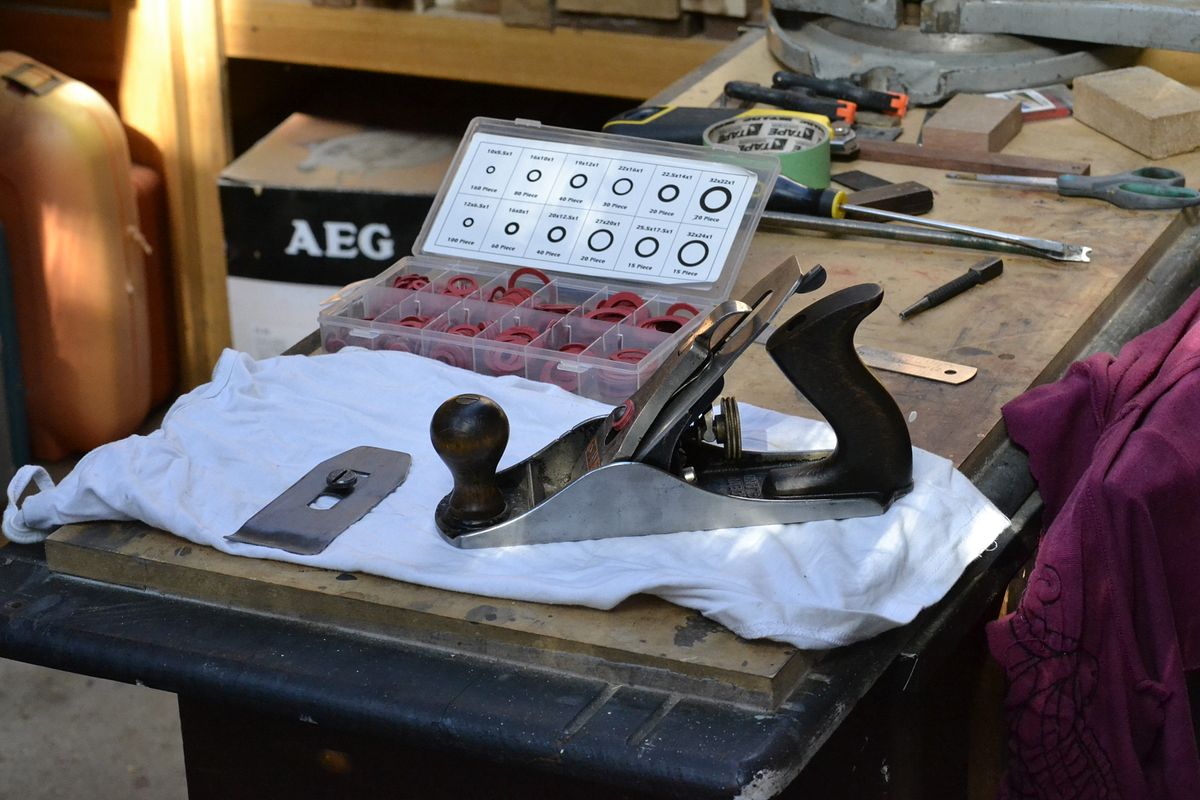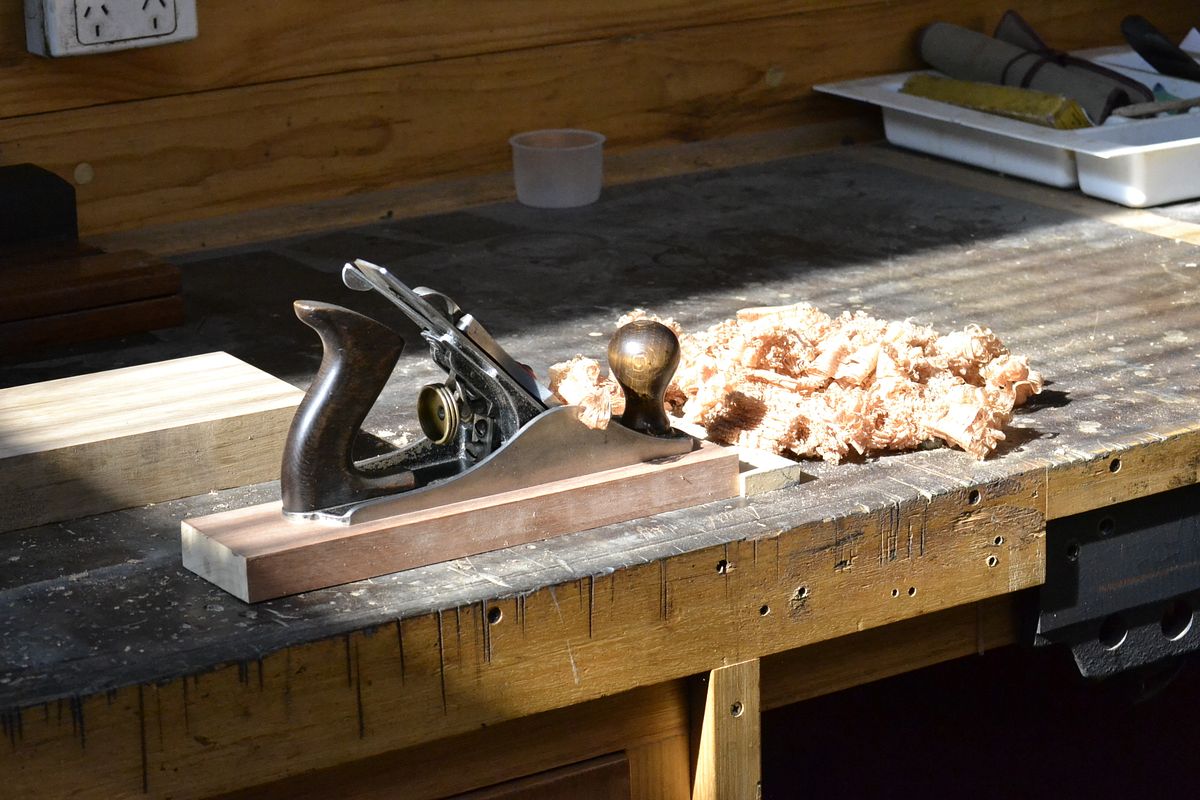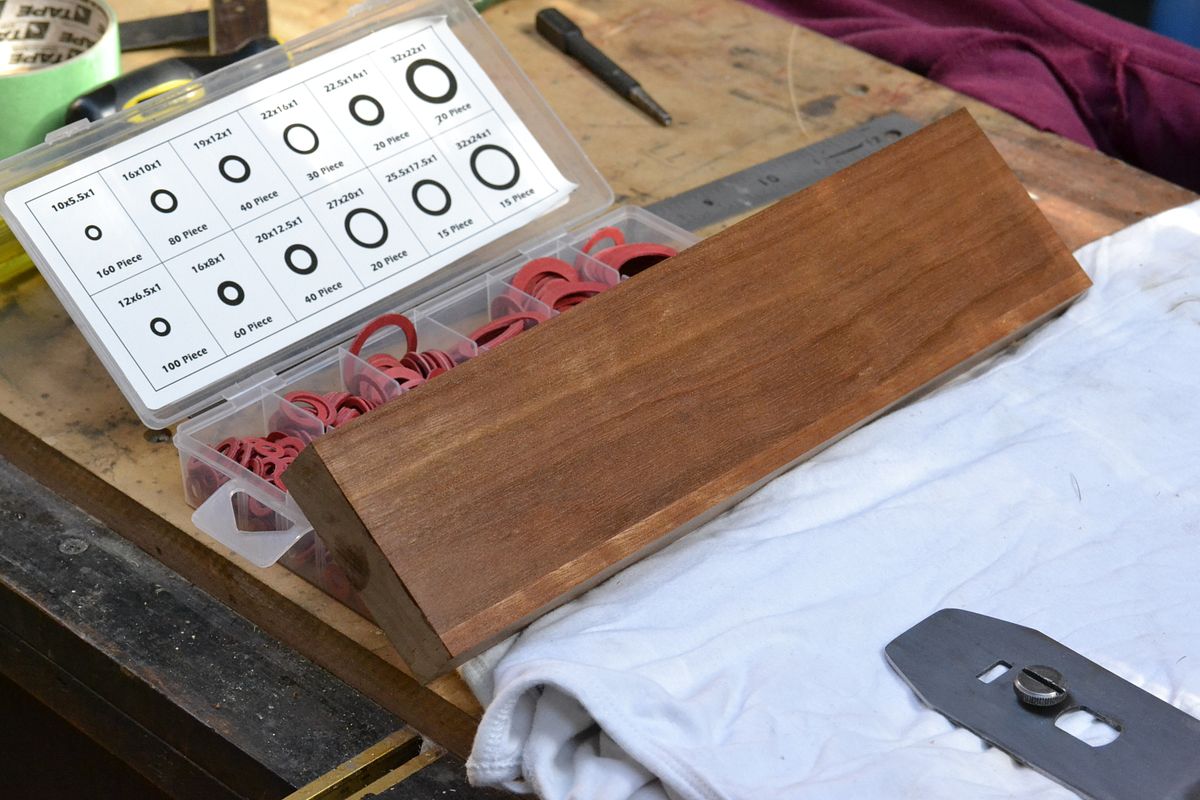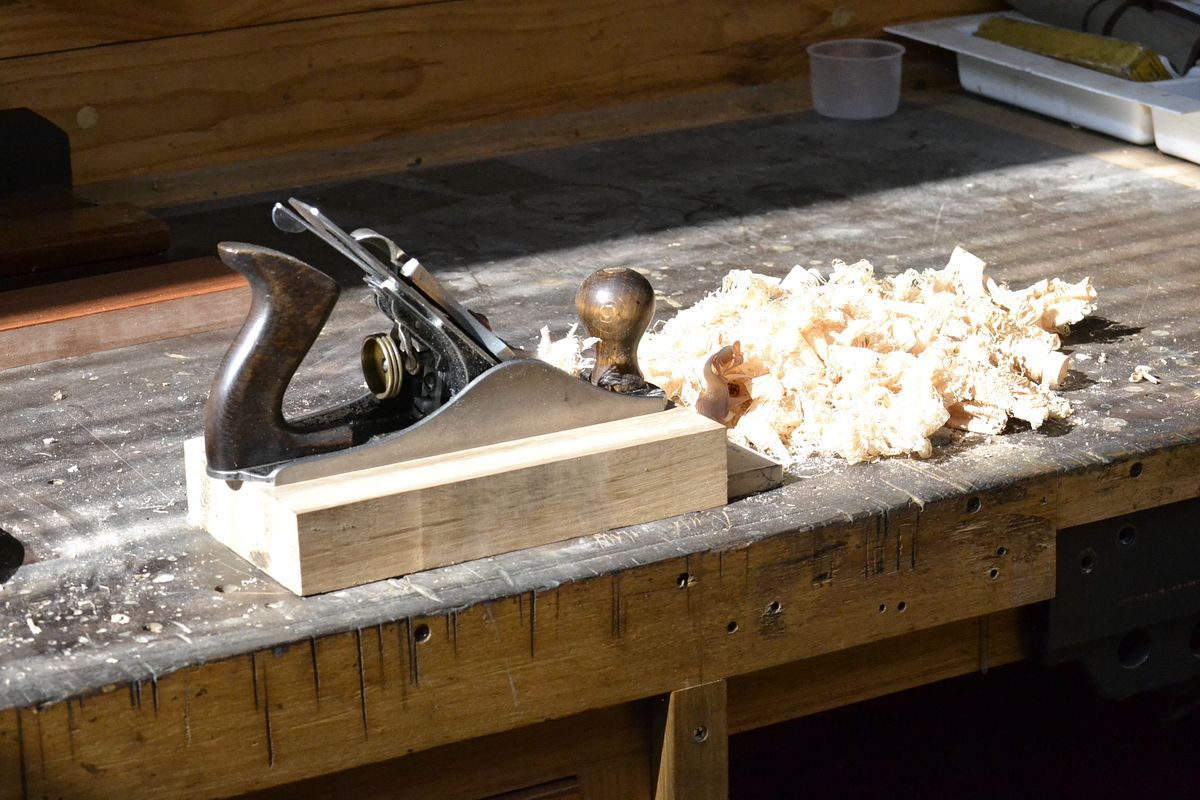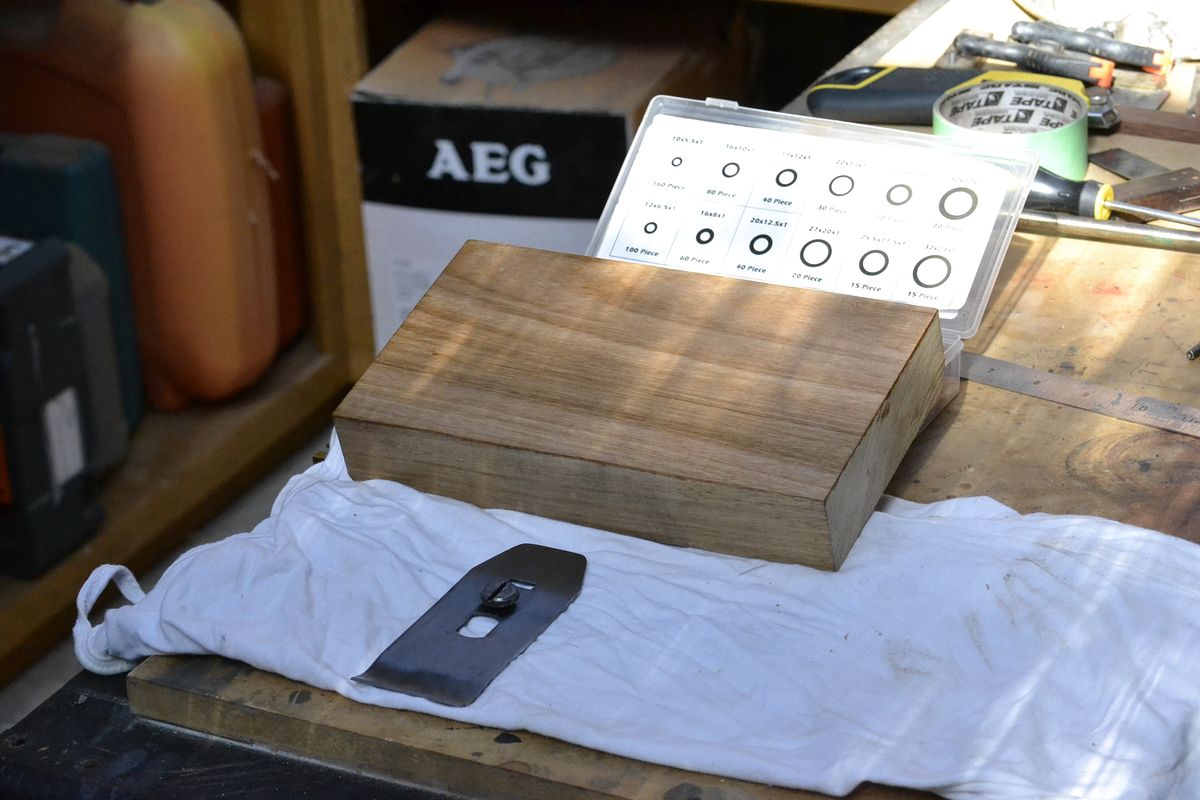woodpig":2wh2mysh said:
ED65":2wh2mysh said:
Or another answer: because they can be. No point in making an iron thicker than it needs to be to function as it should.
Lie-Nielson have their own view on that.
"The blade is the most important part of a hand plane. Our blades are thicker, sometimes much thicker, than other manufacturers’ for a solid cut."
I've seen one dissenter, mainly on the grounds of cost, many others seem to agree that thicker is better but as I said I'm not really a plane nut.
For someone with a good power grinder, thicker just means more time to grind. For someone without a good power grinder, thicker becomes a bigger problem.
The strange thing to me is LN makes A2 irons, some of them over 1/8th thick that are very hard and resistant to grinding, and then they suggest to their customers that they shouldn't power/dry grind them.
At any rate, the people at LN don't know much about cap iron use, and haven't. They made planes for years where the cap iron couldn't be set at the edge of the iron or the adjuster wouldn't have enough travel to get the iron out of the plane mouth.
The last I heard from someone who had talked to deneb, they (LN, with deneb speaking on their behalf) described the cap iron as being too fiddly to set effectively and they suggest high angle frogs instead. I can understand that from their view of 1) wanting to sell the frogs, and 2) having beginners calling in with questions - setting a cap iron, if they provided instructions, would yield all kinds of support calls. The high angle frog just makes a plane undesirable to use and encourages someone to set it aside unless it's absolutely needed.
Certainly by 1900, thicker irons could've been made (and thicker caps) if professionals would've preferred it - it would've cost little extra. Stanley sold what professional people preferred. Thick irons didn't really become a thing until the skill level in setting up planes became low enough that people needed them to cover up bad setup. With the market the way it is now with new planes (most of the premium planes sold will get scarce use, they're sold to people looking for some escapism), thick irons will be needed on premium planes for quite some time.
There have been sparse advertisements in the past (you guys are a lot better with the literature/ad copy history than me) of very thick "deluxe" or whatever they wanted to call them - anyway thick type irons for wooden planes. I had a Lamb jointer years ago that had one of those extra thick irons in it, and it was a pain even to grind on a power grinder. It must've been a quarter inch thick at the business end. I can't imagine what a user would've thought if they didn't have a power grinder or at least a very large coarse carborundum stone to maintain the bevel. Needless to say, you don't see them very often, which should tell us something. That was a double iron plane, too. It had little use, and so did the iron - perhaps due to the nuisance of sharpening it. It had been taken to a very steep bevel angle before it was put away, and it took a solid 5 minutes on a coarse CBN wheel to reset the bevel.
One last side comment - the premium tool makers and instructors are always going to favor what helps struggling beginners, and sometimes errantly suggest it for everyone else. I liked those planes with the thick irons when i first started, too. I remember spending 45 minutes solid to set up a new LN iron and probably 7 or 8 to resharpen them each time I used them. Time goes on, and that long sharpening time starts to get really annoying.





